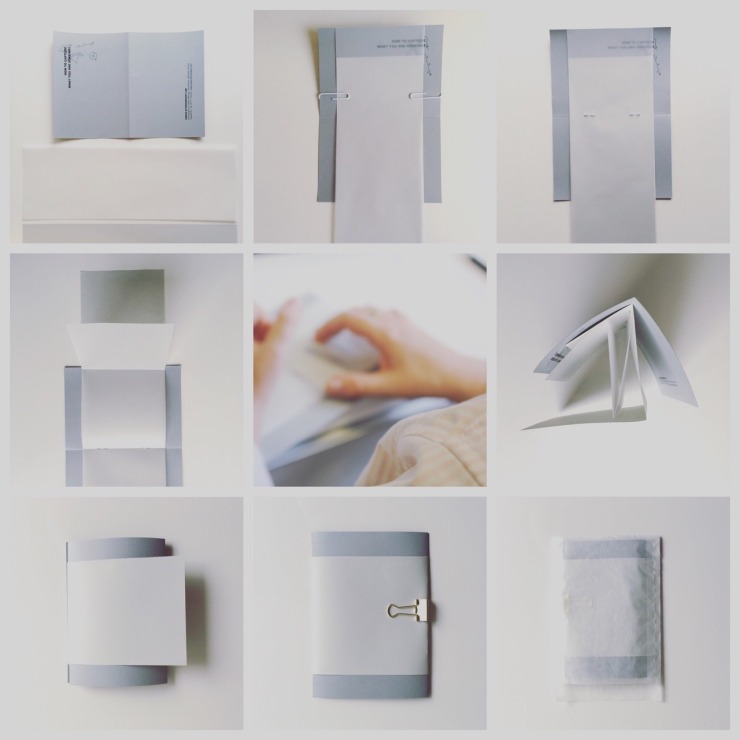We are getting excited during the preparations for the upcoming workshop “Ethnography in Urban Settings”. For our mapping exercise we designed a fold-up mapping booklet with a focus on the question: “How to capture what you are sensing?”
Walking through the city and trying to capture its hidden symbolic logic, cultural, social and spatial codes is strongly influenced by our own attitudes, perceptions and attributions of meaning. The way we are socialized influences how we sense the city. Finding a tool to structure our own sensing through visualization is one approach to find the blind spots and culturally meaningful spaces and places in urban context. Can you see what you feel? How can you uncover the knowledge you already incorporated?
Urban ethnographic data needs to be materialized to get access to this knowledge. You can write field notes as densely and reflexively as possible, following the influence Geertz’ (1973) Thick Description: Toward an Interpretive Theory of Culture.” Another approach would be to map it.
Mapping (Mental Mapping) helps to get access to interpretations of symbolic structures of the city (Greverus 1972, 1994). You can understand a map as “legible notes”. Mapping helps to get access to the spatial and social structures of the urban fabric and figure the meaningful spaces and places of districts and neighborhoods as well as your own blind spots.

We created this booklet for a mapping experience to get access to our sensing of the city and its different layers and perceptions. We are very much looking forward to the mappings of our participants.

Text, Photos and Conception (c) Carolin Genz, 2017



